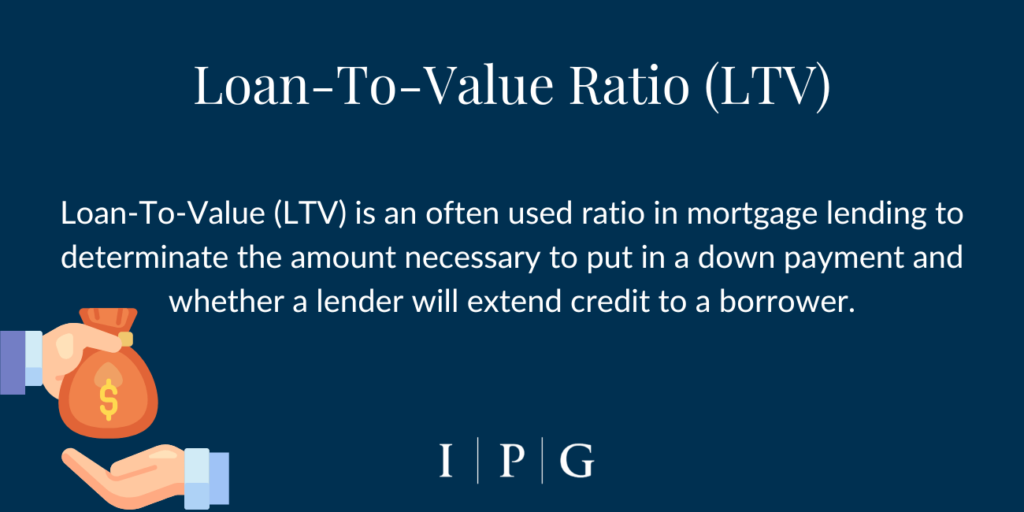Understanding the Impacts of Interest Rates on Real Estate Market

When it comes to understanding the real estate market, you should pay close attention to changes in interest rates. These fluctuations can have vast ramifications for all involved in the industry – from making properties more or less affordable for buyers, to guiding trends encompassing investment decisions made by those with considerable capital reserves.
To better understand how these shifts might impact your business strategy going forward, this blog post will explore the major impacts of shifting interest rates on the real estate landscape. By examining these changes, we can provide insights into how real estate and interest rates influence your strategic decisions.
Interest Rates and Key Factors of Influence
Interest rates are an integral part of real estate markets, as they determine the cost of borrowing and the price of mortgages. They have a direct impact on buyers’ ability to take out loans for property purchases, therefore making them an important force in real estate market activity.
Understanding key factors that influence interest rate trends is essential when considering investing in the real estate market. Primary macroeconomic events that can affect interest rates include inflation, employment, and Central Bank policies, whilst other factors such as supply & demand of treasury securements play a role too. It’s important for those interested in real estate markets to stay up to date with any changes in these different areas that may impact the interest rates being offered.
Influence on Real Estate Investment Decisions
- Rising interest rates can make it more expensive for potential buyers to borrow money, leading to fewer people entering the housing market and home prices remaining stable or decreasing.
- Low interest rates can cause the opposite effect, allowing more people to take advantage of favorable loan terms and driving up housing prices as demand increases faster than supply.
Understanding how interest rates influence purchases is key for any real estate investor in order to make informed decisions on whether now is the right time to buy or rent a property. Mortgage lenders usually examine prevailing interest rates when deciding how much risk they are willing to take on borrowers with higher debt-to-income ratios.
The Link Between Monetary Policy and Interest Rates
Monetary policy is the tool used by the Federal Reserve to influence economic activity and the availability of liquidity. When the Federal Reserve changes their monetary policy, there is a direct response from interest rates. To understand this relationship one must first understand key economic indicators that motivate monetary policy action, like inflation and economic growth.
In times of rising inflation, the federal reserve may increase interest rates to help cool off the economy and prevent a rise in prices. This could indicate slower economic growth in the future, so conversely in a situation where economic growth is slowing down or periods of recession, the federal Reserve may lower interest rates to stimulate demand.
Understanding the correlation between monetary policy and interest rates can provide valuable insight into how well-being will be impacted moving forward.
Real Estate Market Dynamics in a Low Interest Rate Environment
Low interest rates have had significant implications on the real estate market, making it an attractive option for investors. These lower rates have increased buyers’ purchasing power while incentivizing sellers to remain competitive as they look to secure a sale.
In some cases, buyers are able to purchase more expensive property without compromising their budget in addition to benefit from a lower mortgage rate. Sellers must further adjust pricing and accommodate eager buyers’ requirements in order to remain competitive. As a result, we witness the emergence of new market dynamics that profoundly shape the real estate sector and the broader economy.
Historical Context of Interest Rates and Real Estate Market
Analyzing the historical context of interest rates is important for understanding how future market movements will be affected. Market trends and patterns, like yield curves, have had an impact on the real estate sector in both high and low interest rate periods.
Focusing on this financial landscape can provide insight into what to expect going forward, making it an important part of a comprehensive plan for success. By examining – and taking advantage of – long-term patterns in the market we can ensure maximum returns in various economic climates. That makes comprehending historic trends and context a key asset when predicting future market conditions.
Interest rates are perhaps one of the most important – if not *the* most important factor to consider when involved in the real estate industry. As we’ve seen, changes in interest rates can have a major impact on everything from property affordability to investment decisions made by those with considerable capital reserves. It’s crucial to pay close attention to these fluctuations and understand how they might impact your business strategy going forward.




